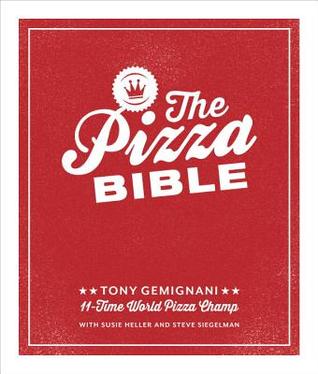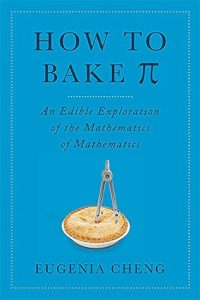What’s the difference between a pie, a tart, a crumble, a galette, and a pizza (but which type of pizza are we talking about? Do things change if we talk about deep dish pizzas? How far can we stretch the term “pizza“?), and what’s the deal with pizza pies? What about pizza pops, which kind of really vaguely resemble pop tarts, if only because they both share a pop (though they both have doughy exteriors encompassing a filling), and are pop tarts even tarts? Actually scratch that, pizza pops would probably more accurately be filed under panzerroti… or would they be empanadas? But perhaps even more befuddlingly, down the rabbit hole of is a hot dog a sandwich and the day that still makes me shake my head with disappointment at what the world has come to when a coworker sent me the cube rule*: is a pop tart actually a ravioli?? (As you can imagine, the official Pop-Tarts U.S. Twitter account has had many a field day with this**.)
Are you prepared to find out who your true family and friends are? I apologize in advance if this post loses us any readers, and if you realize that your loved ones weren’t who you thought they were. Now without further ado, in celebration of Pi(e) Day, let’s get into whether a pizza is a pie, shall we?
Continue reading
